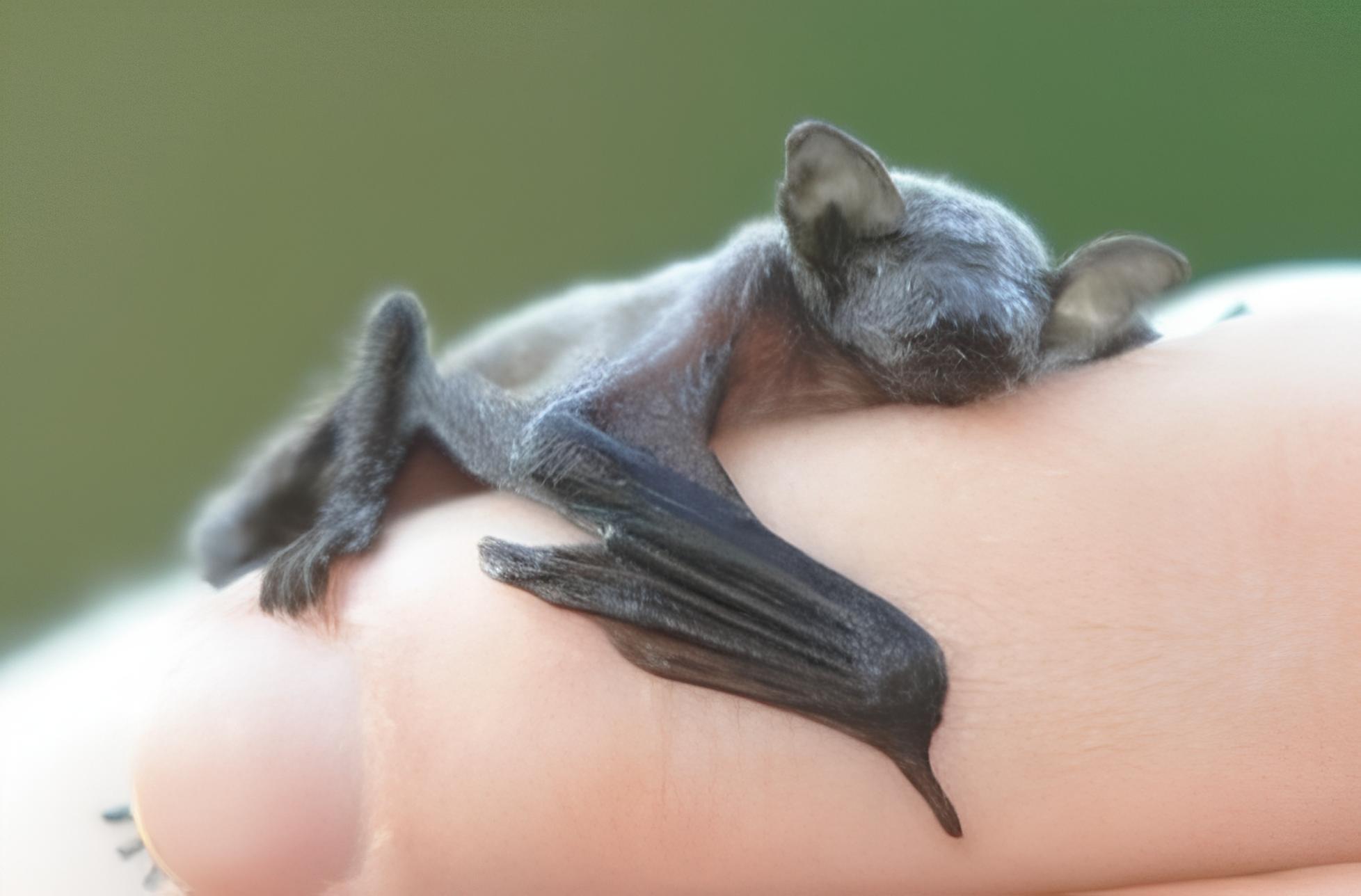Mammals are a fascinating group of animals, exhibiting an incredible diversity of behavior and adaptation that spans the entire globe. From the massive blue whale to the tiny, elusive shrew, mammals come in all shapes and sizes. But today, we'll take a closer look at the ten smallest mammals in the world, each with their own unique quirks and traits that make them truly remarkable.
Etruscan Shrew (Suncus etruscans): Despite their small size, Etruscan shrews possess the highest metabolic rate of any mammal, requiring them to consume nearly their entire body weight in insects daily to sustain their rapid metabolism. These shrews are also remarkable predators, capable of reaching speeds of up to 6.5 feet per second, making them incredibly agile.
Bumblebee Bat (Craseonycteris thonglongyai): The Bumblebee Bat is one of the smallest mammals in the world, measuring a mere inch long and weighing less than a penny. These endangered bats are recognized for their distinct brownish-gray fur and unique erratic flight pattern. The bumblebee bat has a unique appearance, with a pig-like nose and large ears. It is also known for its ability to hover in mid-air, much like a hummingbird.

Pygmy Jerboa (Salpingotus michaeli): The Pygmy Jerboa is an intriguing tiny animal that predominantly inhabits the arid regions of Afghanistan and Pakistan. It's capable of extracting moisture from the insects it consumes, enabling it to survive for several months without water. It is known for being one of the smallest rodents in the world, measuring only around 4.4 centimeters in length, with its tail making up nearly 70% of its total body length.
Pygmy Mouse Lemur (Microcebus myoxinus): The Pygmy Mouse Lemur is a captivating creature found in the forests of Madagascar. Despite its diminutive size, this lemur offers a wealth of excitement through its intriguing behaviors and adaptations. For instance, it can enter into a state of torpor during the harsh season when food is scarce, preserving energy and surviving on meager sustenance.
Long-Tailed Chinchilla (Chinchilla lanigera): The Long-Tailed Chinchilla is a fascinating and endearing creature that resides in the Andes Mountains of South America. Recognized for its plush and velvety coat and long, fluffy tail, the Long-Tailed Chinchilla has become a popular pet worldwide. However, beyond their cute and cuddly appearance, these creatures play a crucial ecological role in their habitat.

Elegant Fat-Tailed Mouse Opossum (Thylamys elegans): The Elegant Fat-Tailed Mouse Opossum is a tiny marsupial found in the western regions of South America. Its most distinctive feature is its chubby tail, which is used for storing energy and maintaining balance. Despite its small size, this nocturnal creature is a skilled predator that mainly feeds on insects and small vertebrates.

Barbastelle Bat (Barbastella barbastellus): The Barbastelle Bat is a tiny creature that primarily inhabits the woodlands of Europe and Asia. It's known for its distinctive calls and unique echolocation abilities, which enable it to navigate through the darkness and locate its prey with pinpoint accuracy.
Gray Mouse Lemur (Microcebus murinus): Spot the world's tiniest lemurs in Madagascar's tropical forests - the gray mouse lemur (Microcebus murinus) exclusively inhabits the island's eastern coast. Despite their size, these little primates serve a critical role in the ecosystem as both predator and prey. Don't underestimate their impact on the lush forests they call home.

Philippine Tube-Nosed Bat (Murina ussuriensis): Meet the intriguing Philippine Tube-Nosed Bat (Murina ussuriensis), adapted to feed on flower nectar using its unique tube-shaped snout. With silky brown fur and measuring just 1.5-2 inches long, this bat calls the Philippines' rainforests home.
By conserving the diversity and magnificence of these species, we can strive towards a more optimistic future for our planet. It is our responsibility as global citizens to implement actions that guarantee their survival, allowing future generations to appreciate their beauty and adaptability.
Source:
Messeter, Josie. (2023). The 9 Smallest Mammals in The World. Animals Around The Globe



















